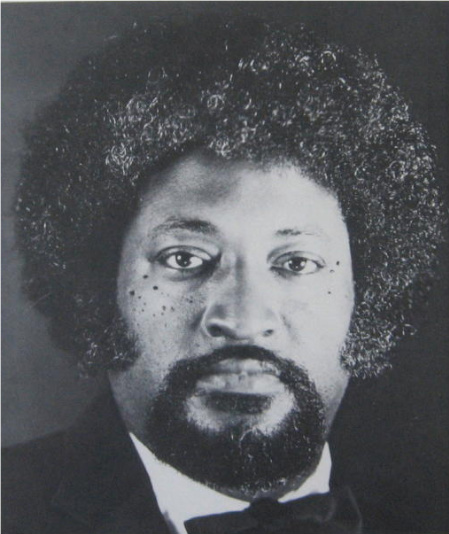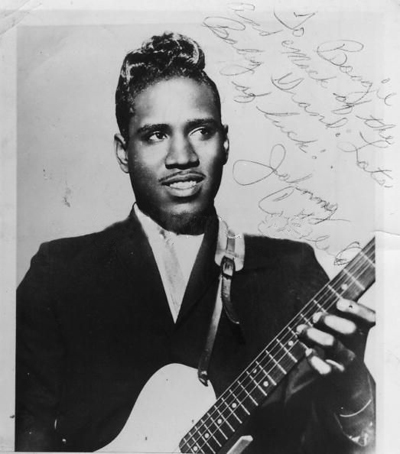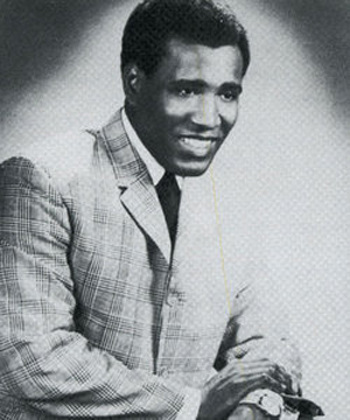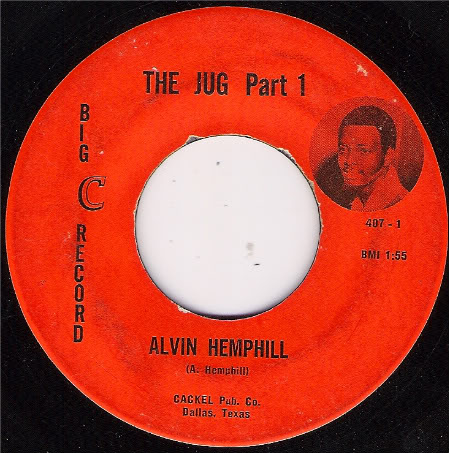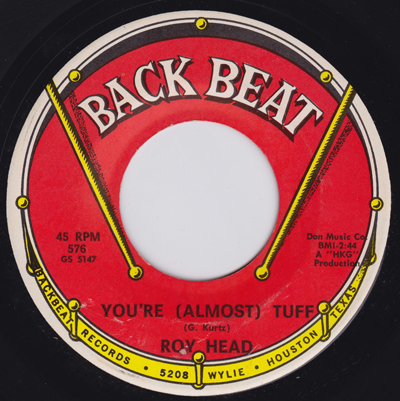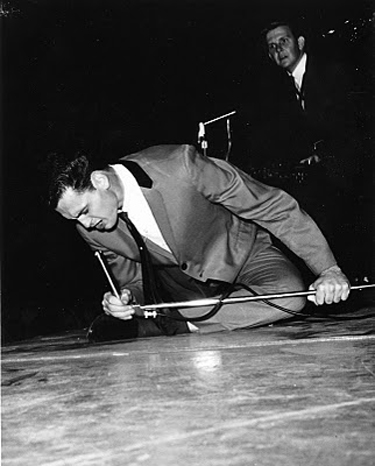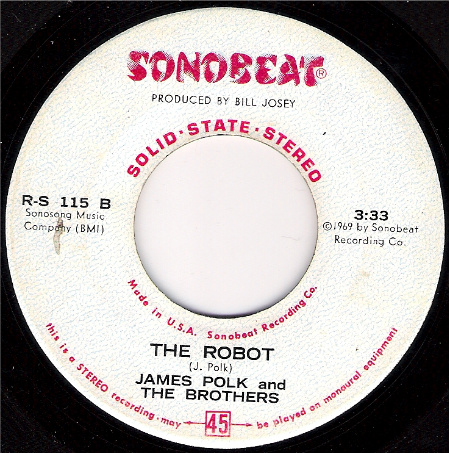
Aaaand we’re back. Excuse the lull, folks, but we’re dusting off the cobwebs and ready for more. Now, let’s talk Austin – home to us here at I’m Shakin’, though rarely covered as far as independently-produced 45s. Relatively speaking, Austin had a small music scene – recording/production wise – up until the early to mid ’70s, considerably late in the game for independent record production in general. Undoubtedly, and as is often the case of smaller communities, there were some few musicians and producers actively making records in the area before designated studios were readily available in Central Texas.
James Polk, prior to forming his legendary Twink label some few months later in ‘69 (named after his friend, ‘Twink’, proprietor of East Austin’s then-popular Hide-a-Way Lounge) recorded this single for father and son team Bill & Rim Josey and their Sonobeat Records, another local imprint of storied legacy. With the plug side Stick-To-It-Tive-Ness featuring the powerful, soulful vocals of Austin diva Yvonne Joseph, it seemed the Joseys were intent on marketing the vocal side of the record, given its distinct pop sensibility and radio friendliness. Though both sides are great in their own right, I personally prefer the flip – the oft-neglected B-side – which in this case is an extraordinary instrumental jazz-funk number. Polk delivers a knockout with his masterful hammond organ, The Brothers following closely at the helm. As generally defines the ’60s ‘Polk Sound’, the staggered drums are mixed upfront and center, with mellow horn play and a bouncy bass line keeping rhythm at a comfortable mid-tempo stroll. As a trained jazz maestro, Polk indiscriminately borrows from r&b, soul, and funk while maintaining jazz at the forefront, weaving in and out of time signature – resulting in this cerebral, Austin-born slice of jazz-funk. Recorded at the Joseys’ homemade recording studio in Northwest Austin, The Robot is the first and only record Polk would issue for Sonobeat before his next recordings on Twink. Following his brief foray as producer in Austin, Polk enjoyed a decade-long stint in the early 70s as bandleader for the Ray Charles Orchestra, earning a few Grammy nominations along the way. Polk is the story and key to Austin jazz music, inspiring legions of local musicians and entrepreneurs in his example, earning his legacy not only as a performer but as a long time music professor at Austin’s Huston-Tillotson University in his latter years. We’re happy to finally give him due credit, it’s been long overdue.

